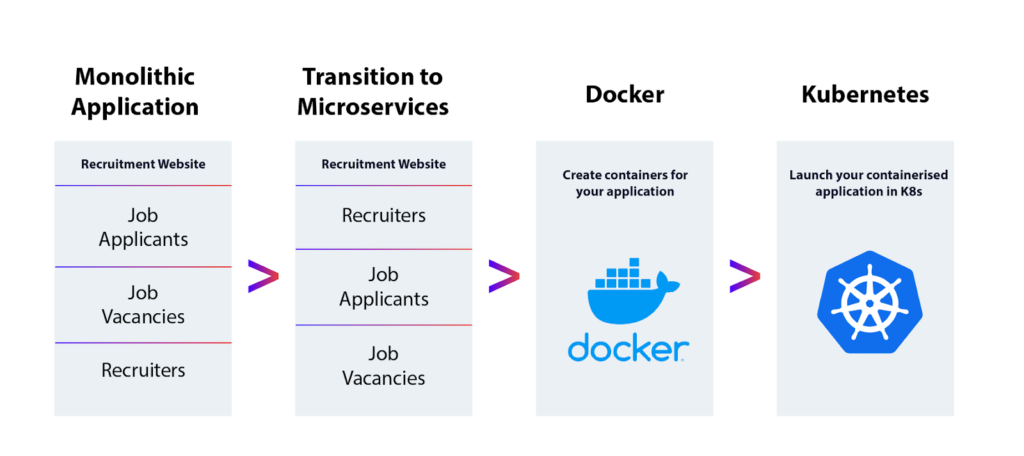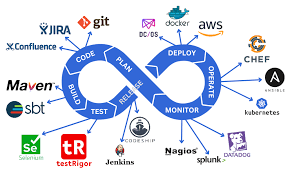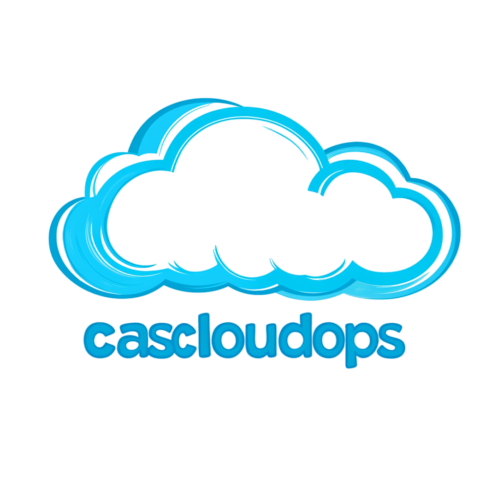In the fast-paced world of software development, efficiency, scalability, and automation are non-negotiable. That’s why Docker, Kubernetes, and CI/CD have become foundational pillars in modern DevOps practices. But while each of these technologies serves a unique purpose, their real power is unlocked when they work together. In this article, we’ll explore what each one is, how they differ, and how they integrate to streamline software delivery.
What is Docker?
Docker is an open-source platform designed to automate the deployment of applications inside lightweight, portable containers. Containers bundle your application code with all the dependencies, libraries, and configuration files it needs to run, making it easy to ship and run apps reliably across different environments.
Key Benefits of Docker:
- Consistent environment from development to production
- Lightweight and faster than traditional virtual machines
- Easy to scale and deploy microservices
What is Kubernetes?
Kubernetes (often abbreviated as K8s) is an open-source container orchestration platform. It helps manage and scale containerized applications in complex environments, especially when dealing with large numbers of containers across clusters of machines.
Key Benefits of Kubernetes:
- Automates deployment, scaling, and management of containerized applications
- Handles load balancing and service discovery
- Provides self-healing through automated restarts and rollbacks
While Docker helps you run containers, Kubernetes helps you orchestrate them.

What is CI/CD?
CI/CD stands for Continuous Integration and Continuous Delivery/Deployment. It’s a development practice that emphasizes frequent, automated code integration and delivery to streamline release cycles.
- Continuous Integration (CI): Developers regularly merge code changes into a shared repository, triggering automated builds and tests.
- Continuous Delivery (CD): Automatically prepares code for release.
- Continuous Deployment (CD): Goes one step further and automatically pushes updates into production after passing tests.
Key Benefits of CI/CD:
- Reduces manual errors
- Accelerates time to market
- Enables frequent, reliable software releases

How They Work Together
Think of Docker, Kubernetes, and CI/CD as parts of a powerful, modern software factory:
- Docker packages the application into containers that are consistent and portable.
- CI/CD pipelines automate building, testing, and delivering these containers anytime code changes.
- Kubernetes takes over in production, orchestrating these containers across your infrastructure to ensure reliability, scalability, and performance.
This integration creates a streamlined, automated workflow where:
- Developers focus on code, not environments
- QA teams get consistent and testable builds
- Ops teams manage predictable, scalable infrastructure
Real-World Use Case
Let’s say your team pushes new code to GitHub:
- Your CI/CD pipeline (e.g., using Jenkins or GitHub Actions) builds a Docker image
- That image is tested and pushed to a container registry
- Kubernetes automatically deploys the new version using rolling updates
- If something goes wrong, Kubernetes can roll it back
Result? Faster feedback, reduced downtime, and a more agile software team.
Final Thoughts
Separately, Docker, Kubernetes, and CI/CD are powerful tools. Together, they form the backbone of cloud-native software delivery. Whether you’re a startup building your first microservices or an enterprise modernizing legacy systems, understanding how these technologies complement each other is key to accelerating your DevOps journey.
At Caspian Cloud, we specialize in building robust CI/CD pipelines, containerizing applications with Docker, and deploying them at scale using Kubernetes.
Want to unlock the full potential of DevOps? Let’s talk about how we can help you get there.
